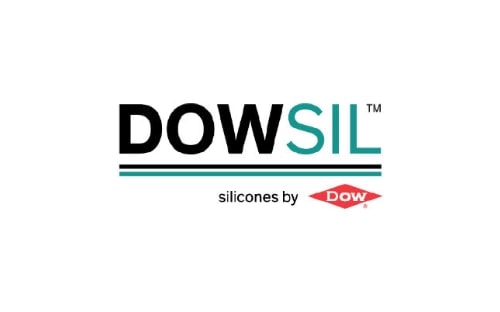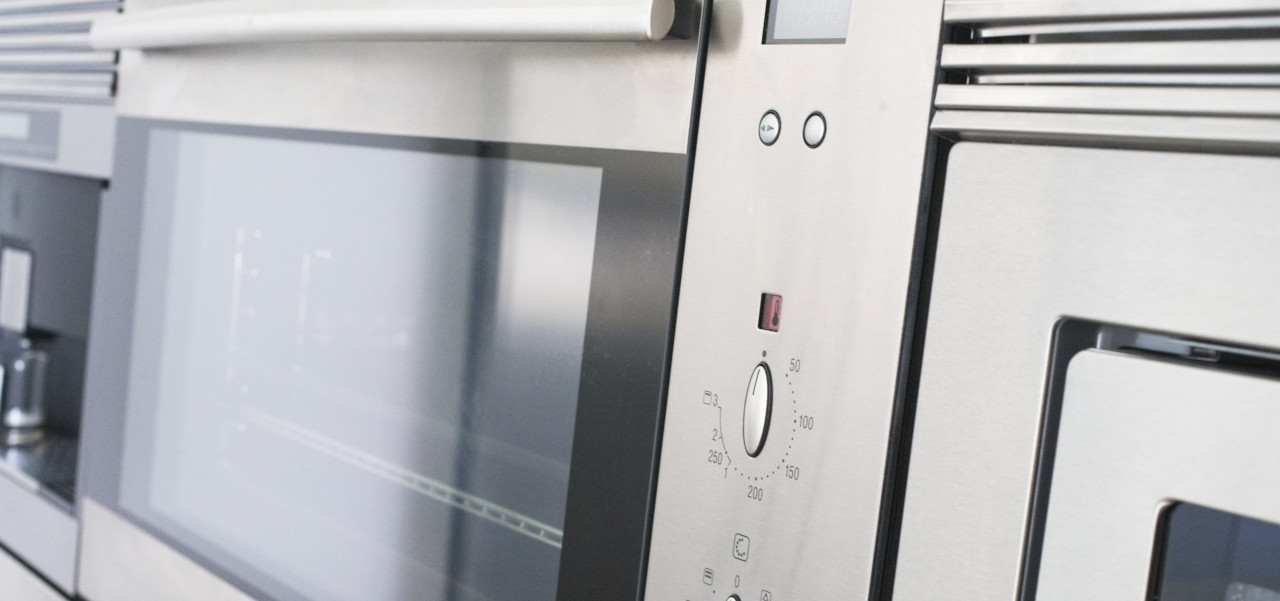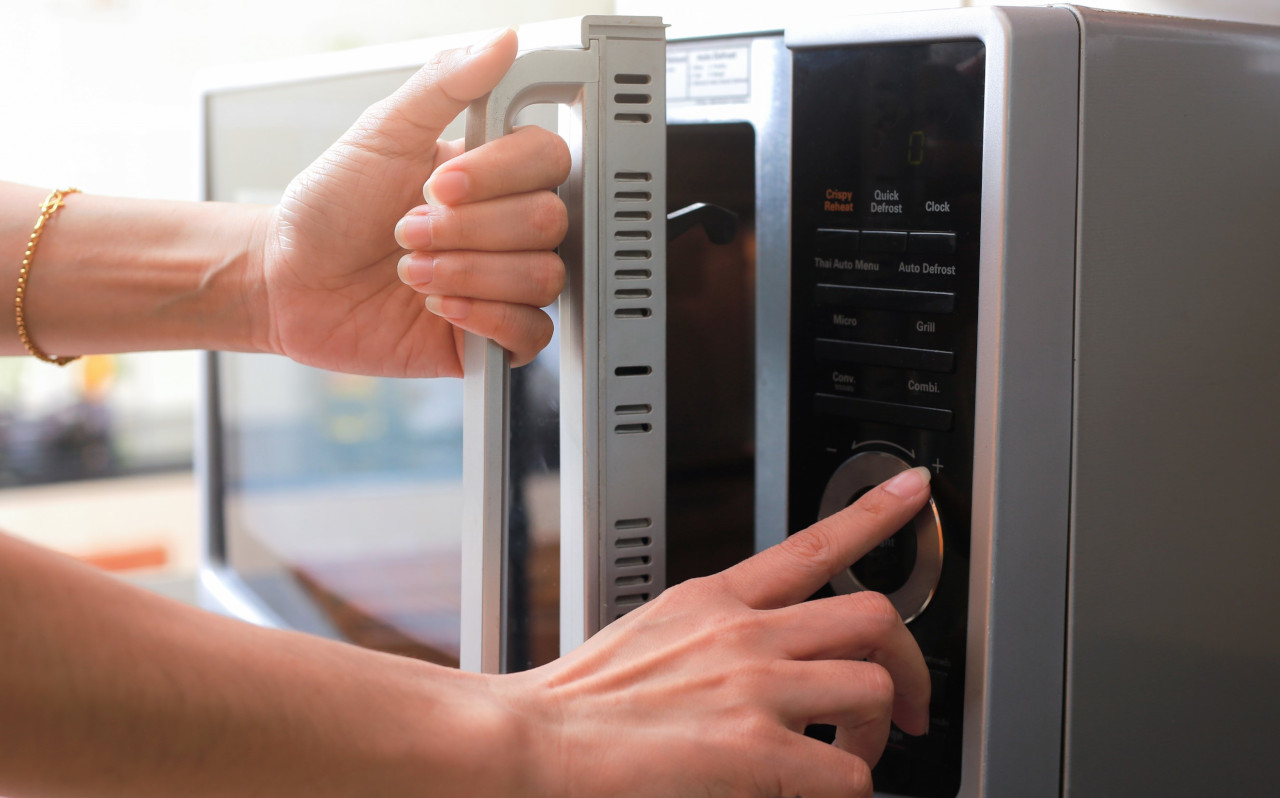
High-temperature adhesives and sealants for ovens and microwaves
Are you an oven or microwave manufacturer? In this article, we explore oven and microwave production and the best high-temperature adhesives and sealants that can optimize the production process.
Production of ovens and microwaves
Industry experts predict that the global oven and microwave market will exceed $25.4 billion in 2021. This is a growth industry, with much of the growth due to increased innovations in convection ovens, grill ovens, and single microwave ovens.
With the help of oven and microwave adhesives and sealants, these advances enable manufacturers to increase production speed, reduce production costs, and produce higher quality products.

How a microwave oven works
A microwave oven consists mainly of five elements that form the basis of its operation: the magnetron , a power supply circuit that also handles the magnetron, a guide wave, a cooling fan, and finally the cooking cavity.
Its operation is extremely simple: the magnetron generates a stream of microwaves, with power ranging from 400 to 1000 watts, guided inside the baking cavity by the guide wave. Microwaves are reflected off the oven walls and base plate, moving within the cavity as if imprisoned, reaching the food, which undergoes dielectric overheating.
Microwaves are high-frequency electromagnetic waves that have the ability to pass through some materials and not others. Inside the oven cavity they are closed and are prevented from passing through it, as it is built with material that cannot be passed through, the only passable point could be glass, but it is built with a layer of transparent metal mesh with an electromagnetic screen, to prevent the passage of microwaves and at the same time allow the passage of light for a perfect view inside the cavity.
The door closing mechanism is equipped with special switches that immediately turn off the magnetron if the door is opened accidentally or not. Once the power is set, the magnetron begins to emit the microwaves and a relay according to the setting turns the system on and off on command from the microprocessor.

ADHESIVES AND SEALANTS FOR OVENS AND MICROWAVES
The main adhesive applications inside ovens and microwaves involve bonding the outer and inner window to the frame. Adhesives offer many unique advantages over mechanical fastening methods. DOWSIL silicone adhesives and sealants provide ideal solutions for oven and microwave production through:
- Heat resistant up to 250°C
- Adhesives for glass bonding
- Adhesives for bonding painted metals
- Environmentally friendly and sustainable
- Flame retardant and low flammability
Here we explore our recommended range of oven and microwave adhesives:
DOWSIL™ EA-2626 is a two-component adhesive and sealant, composed of a DOWSIL ™ EA-2626 base and a SILASTIC ™ Q3-3636 hardener, which can be used in applications up to 190°C. It offers rapid in-depth curing, as opposed to outward inward curing like most adhesives that cure with moisture. This product was specially developed to provide adhesive sealing for components with different rates of thermal expansion.
DOWSIL ™ 3-6096
DOWSIL ™ 3-6096 is a one-component adhesive that can be used to bond oven and microwave oven doors and cooktops. It is strong, flexible and stable from -40°C to +250°C, provides fast curing and cures to a durable and flexible rubber. This product provides excellent bonds to substrates with dissimilar thermal expansion.
DOWSIL ™ 732
DOWSIL ™ 732 is a multipurpose sealant that can be used to seal microwave doors. It is available in white, black, clear and aluminum; allowing for use in different varieties of ovens and microwaves. It is stable and flexible from -60°C to + 205°C, easy to apply and cures to a durable and flexible rubber.
DOWSIL™ 736
DOWSIL™ 736 is a heat-resistant sealant that can withstand temperatures up to 315°C; making it useful for sealing oven doors. It can be applied over the head or on the side walls and does not sag.
